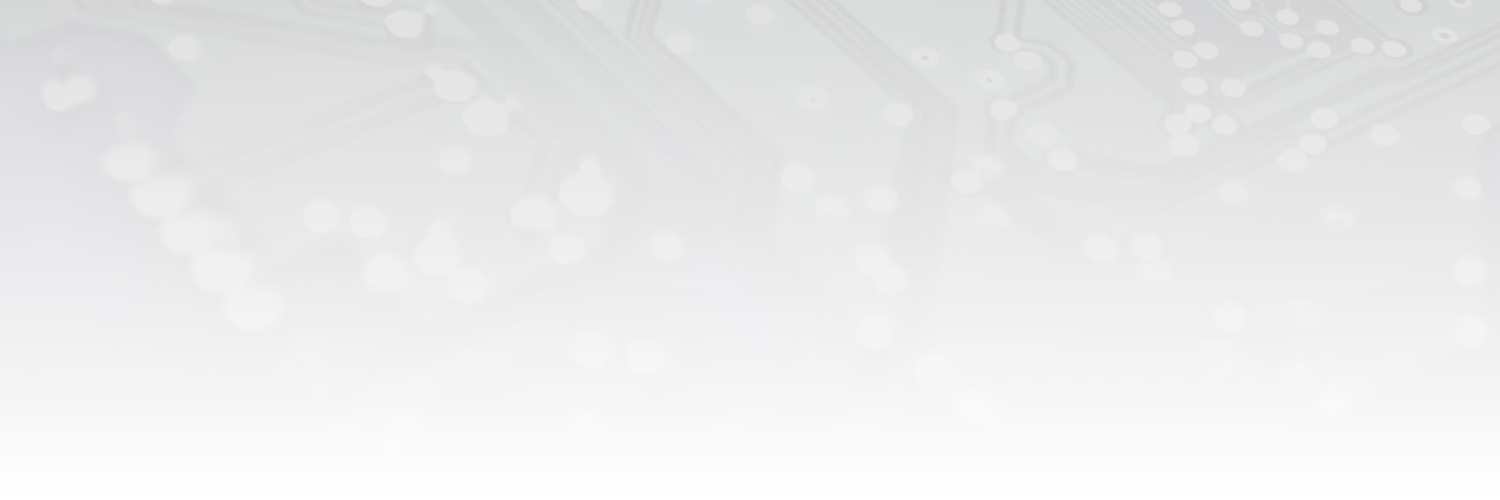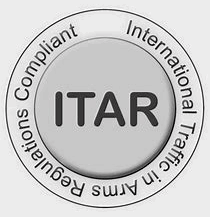The reach and impact of modern electronics on our 21st-century lifestyle cannot be denied. From modems to media players, smartphones to smart homes, we have grown to depend on our technologies for comfort, convenience, and connectivity. This article is for you curious users and customers who’d like to learn more about what brings these essential devices to life.
It all starts with electronic loads and the circuits that carry them. These electrical loads can be classified as either linear or nonlinear (as it relates to the path or flow of the electrical current) and active or passive (as it relates to the device's purpose and the electrical current's resulting state).
Linear vs. Nonlinear Loads
The path or flow of the electrical loads in our tech toys and tools can be linear or nonlinear. While both load types can and are used across similar products and categories, they perform quite differently from one another.
Linear refers to elements and objects that travel along a straight line. So, in linear circuits, power travels straight from one component to the next. There is a direct relationship between input and output, and the related currents are proportional to the voltage at any given time (Ohm’s law).
Nonlinear refers to elements and objects that can travel in curves in any direction. So, in nonlinear circuits, there is no linear relationship relation between input and output.
Because electrical components are designed to perform specific functions, they can be configured in almost any combination of active vs. passive and linear vs. nonlinear as required by the devices they occupy. There is only one rule: while active components are often nonlinear, not all nonlinear circuits are active components.
About Active Components
Active electronic components:
- Require an external and conditional power source
- Transform and inject energy into a circuit
- Are an “energy donor” that produces energy in the form of voltage or current
- Have function and provide power gain (amplify)
- Are directly related (input affects output)
- Can control the flow of electricity
- Are usually nonlinear
A transistor is a great example of an active electronic component. It requires power to perform its function (turning on a device by supplying power to the base/gate region), but the path of the current is nonlinear. Other common active components include diodes, DC generators, current & voltage sources, vacuum tubes, and silicon-controlled rectifiers (SCRs).
About Passive Components
Passive electronic components:
- Don’t require an external power source
- Utilize and convert energy throughout a circuit
- Are “energy absorbers” that receive and store energy in the form of voltage or current
- Do not have a function or provide power gain
- Are not directly related (input and output currents do not affect one another)
- Can’t control the flow of electricity
- Can have linear or nonlinear responses
A resistor is a great example of a passive electronic component. It requires no power source and its response (the voltage drop across it) is a nonlinear function. Other common passive components include resistors, capacitors, inductors, transformers, and motors.
Typical Functions of Passive Components
In modern electronics, all circuit boards inevitably include passive components that perform a specific function, such as
- Dissipating power (in resistive components)
- Converting power
- Storing unused power (in reactive components)
- Filtering power (including specialty high-frequency filters operating at GHz frequencies)
- Configuring integrated circuits
- Terminating power networks
Benefits of Passive Components
Passive components offer many benefits over active components, including:
- Steadier Performance: because they don’t depend on a power source, they are less impacted by power vacillations, which makes them ideal for use in delicate applications
- More Cost Effective: because they are more straightforward and require less support, they are less expensive and can be used for a wide variety of applications
- Easier to Use: because they require fewer resources than dynamic components, they are easier to find and use
- More Widely Applicable: because designers also use passive components to build phenomenological models that describe electrical behavior in a PCB layout, they are also a great conceptual tool
So, the next time you surf the web on your computer, check your email on your cellphone or use voice commands to interact with your smart house, consider the basic technology that powers them. Inside your tech, dozens of carefully mapped power “highways” carry and transfer electronic loads to bring them to life. While reading this article won’t enable you to open and repair the delicate circuitry of your devices, we hope this brief article helps you better appreciate the engineering that makes them go.




